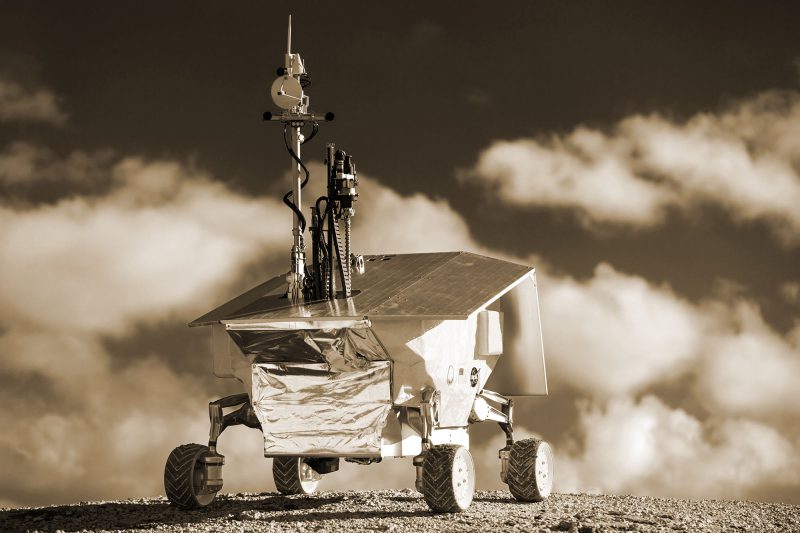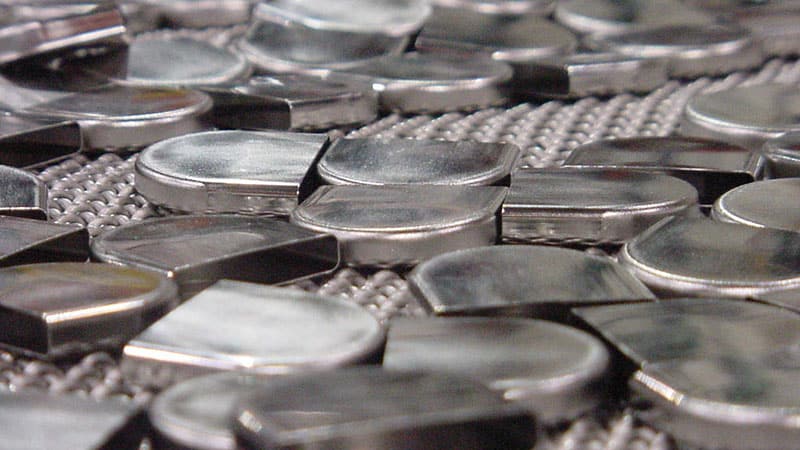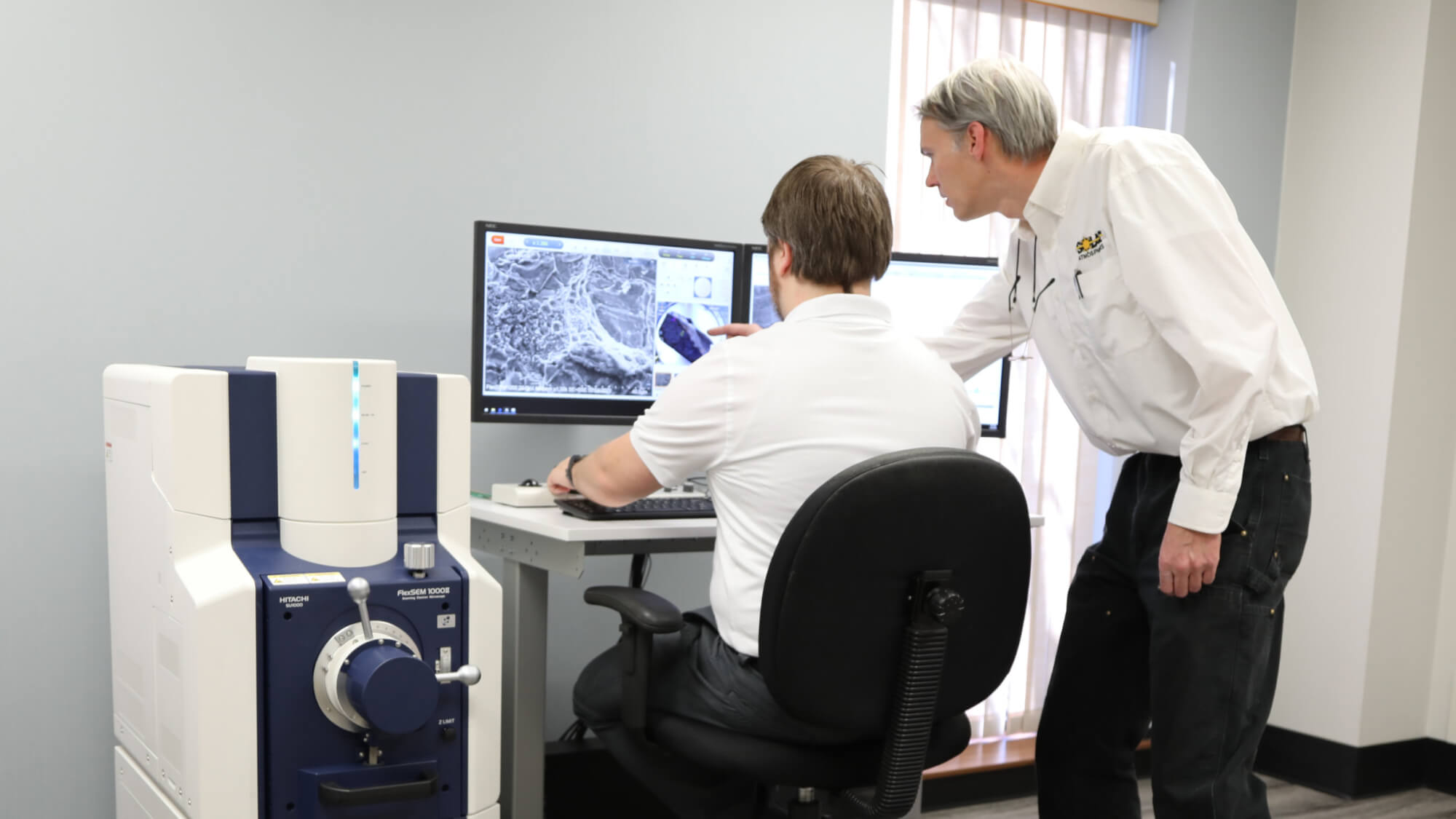CALL: 1-855-WE-HEAT-IT
Vacuum Heat Treating for Space Exploration

Honeybee Planetary Drill, Photo courtesy of NASA
Souderton, PA, April 25, 2016 – Vacuum furnaces are highly flexible tools capable of providing numerous thermochemical conditions with various reactive gases at elevated temperatures and extreme pressures to alter the chemical or mechanical properties of materials. Conditions inside vacuum furnaces are equivalent to conditions found on the planets in our solar system. Each planet in our solar system is unique in terms of its atmospheric contents, pressures, and temperatures. One planet with unique atmospheric conditions is Venus.
Romans named the planet after Venus, their goddess of love and beauty, but conditions on the planet are anything but lovely and beautiful. Venus is the hottest planet in our solar system at a constant 895°F with an atmospheric pressure 90 times higher than the air pressure on Earth.
One planet recently in the media for robotic exploration is Mars. Given conditions on Venus, one can recognize the extreme difficulties involved in sending robotic spacecraft to Venus for scientific experiments. That is just what one company is trying to do.
Honeybee Robotics, with three locations in the USA, received NASA funding awards to contribute to developing future planetary exploration, space mining and in-situ resource utilization. One of the projects is the High Temperature Venus Drill and Sample Delivery System to provide drilling and sampling operations in the challenging environmental conditions of the planet Venus.
Honeybee Robotics selected Solar Atmospheres to provide heat treating for the robotic explorer on drive train components comprised of a specialized alloy, Ferrium C61. The alloy is designed as a high strength, high fracture toughness carburizing grade steel capable of high temperature applications in corrosive environments.
Solar Atmospheres developed the difficult processing conditions required to optimize the properties for the specialty alloy and satisfy the demanding heat treat requirements. The drive train components are vacuum carburized at 1825°F, high-pressure nitrogen gas quenched, frozen at -150°F, and tempered in a vacuum at 900°F. Given the severe conditions used to process the alloy, one can understand why it was selected for the Venus drilling application.
http://www.honeybeerobotics.com/2015-nasa-sbir/


